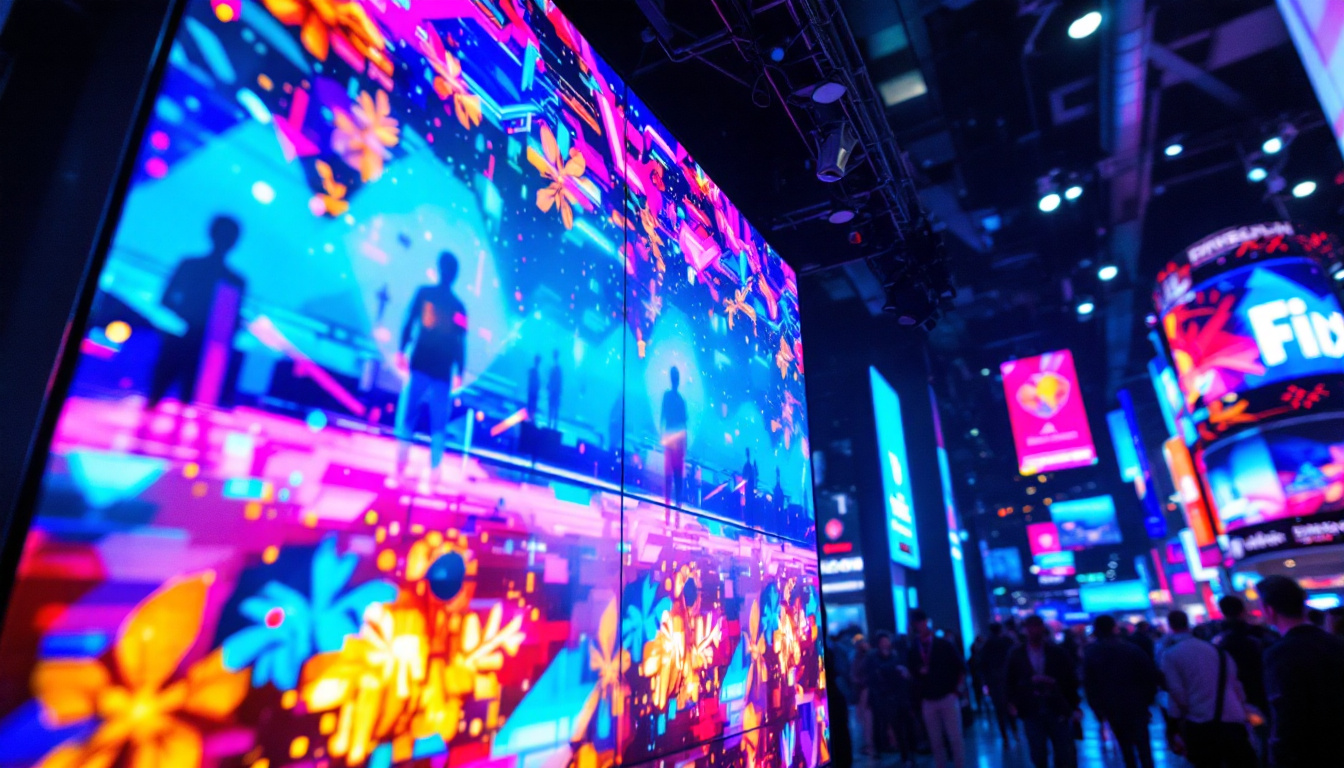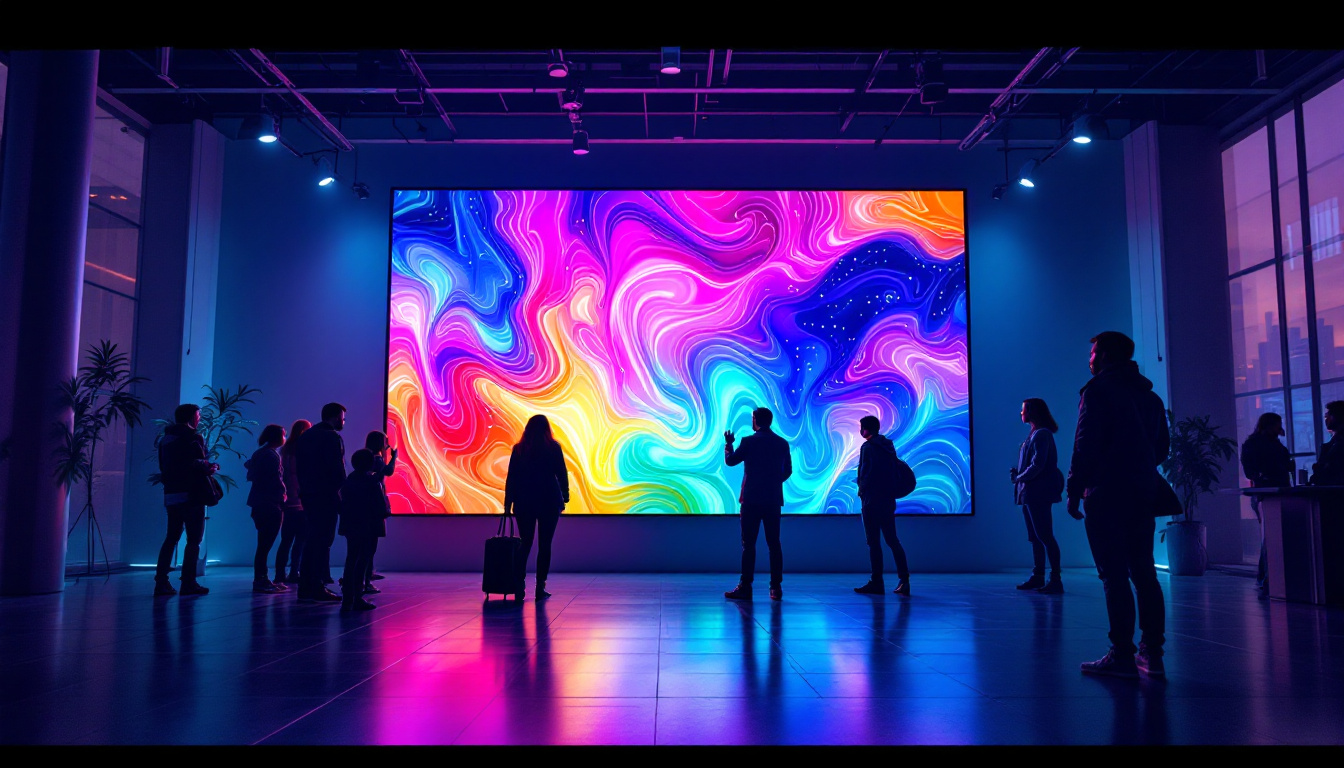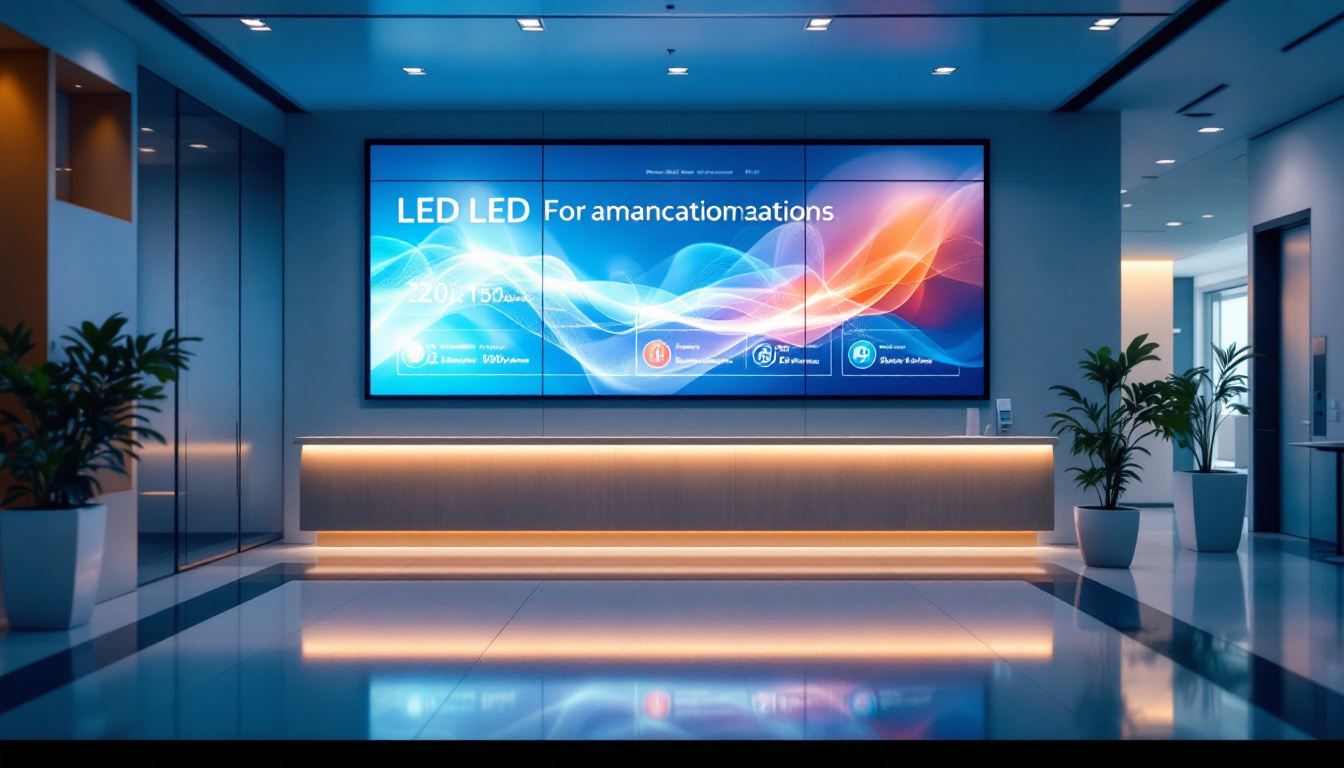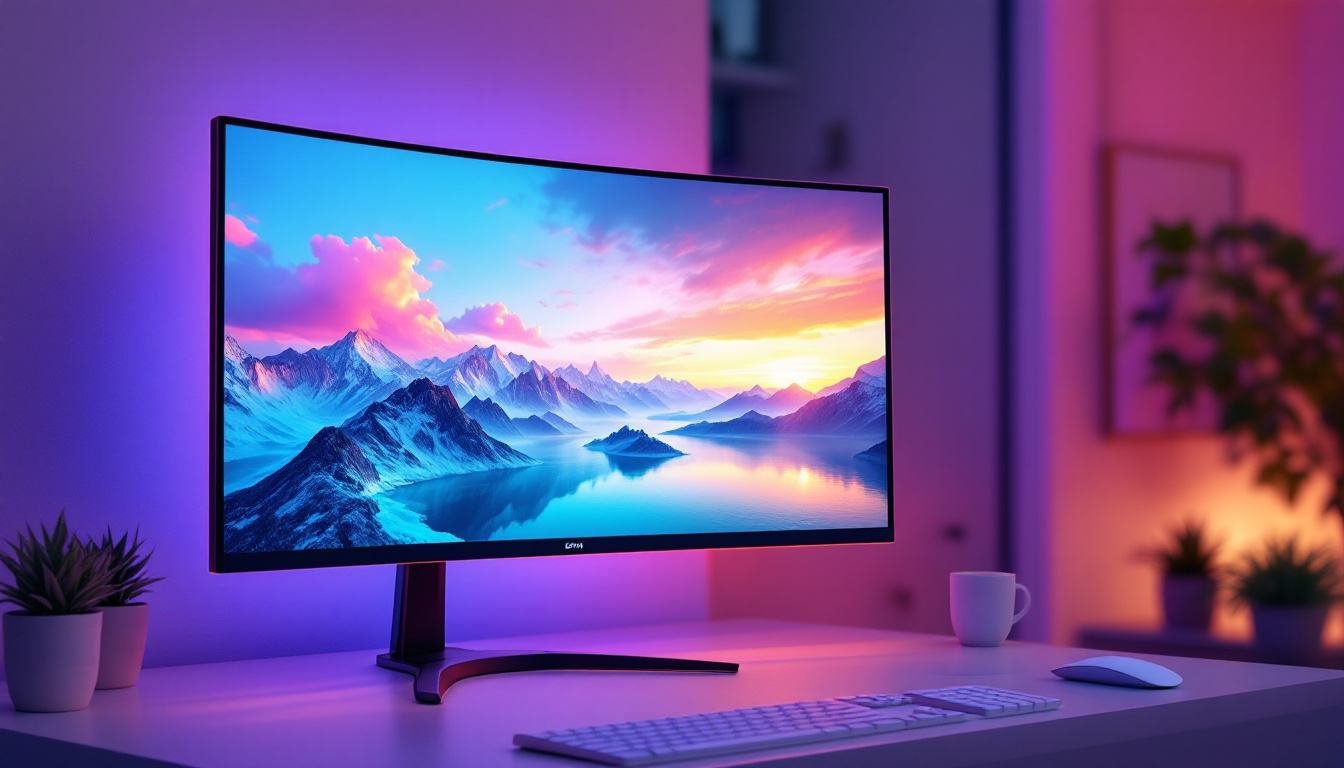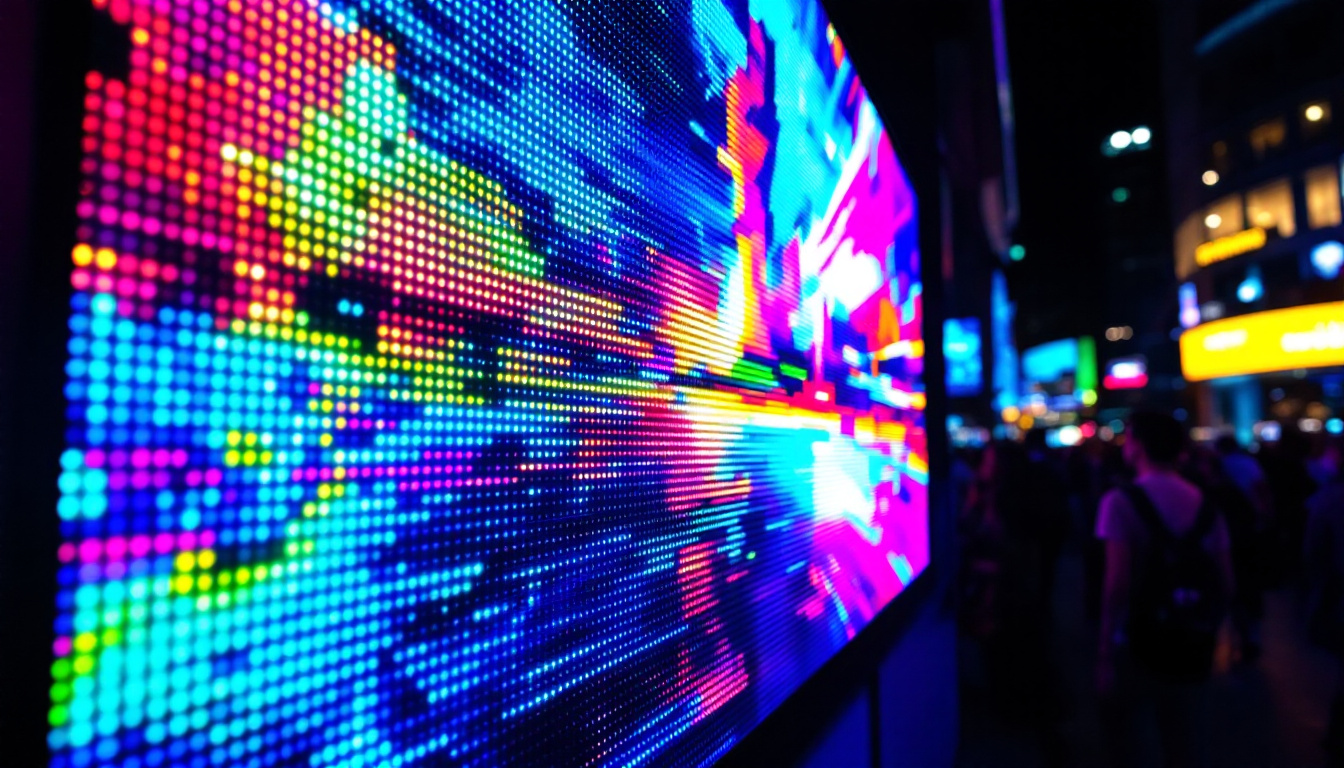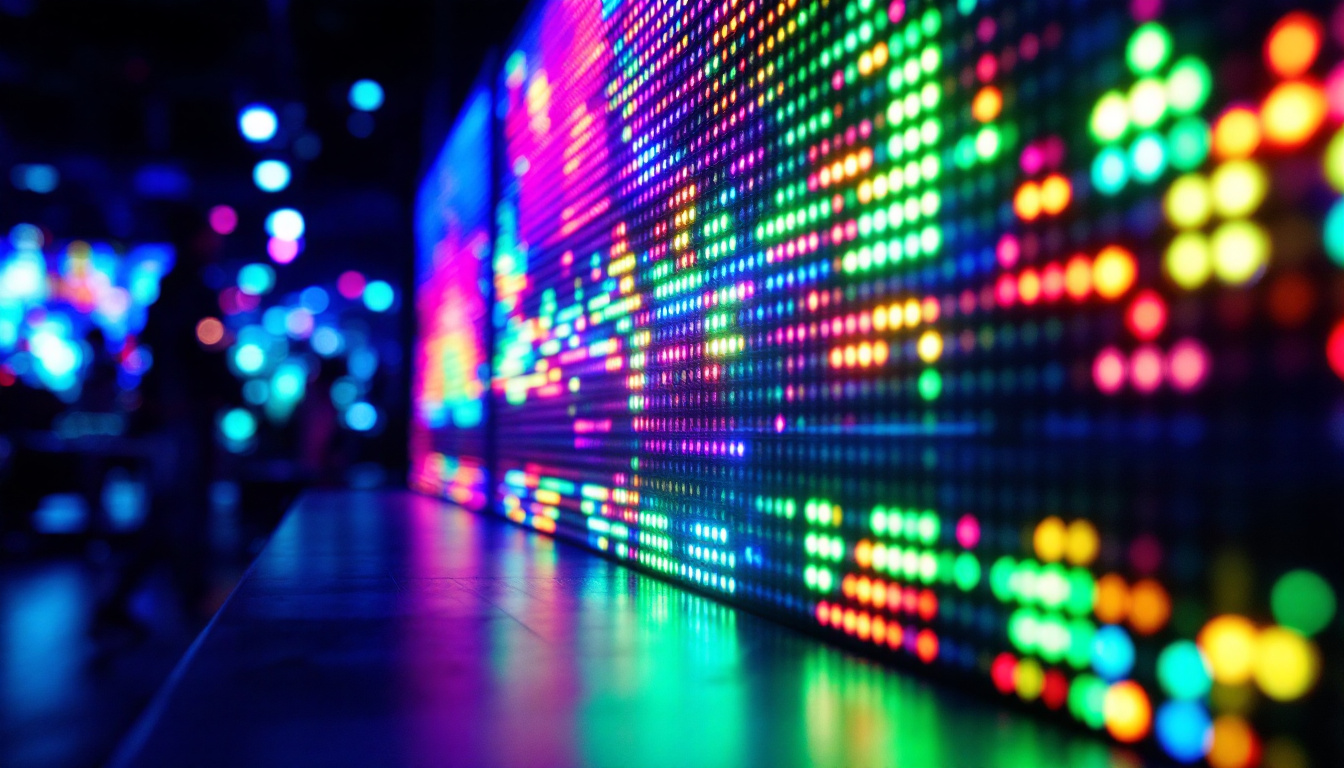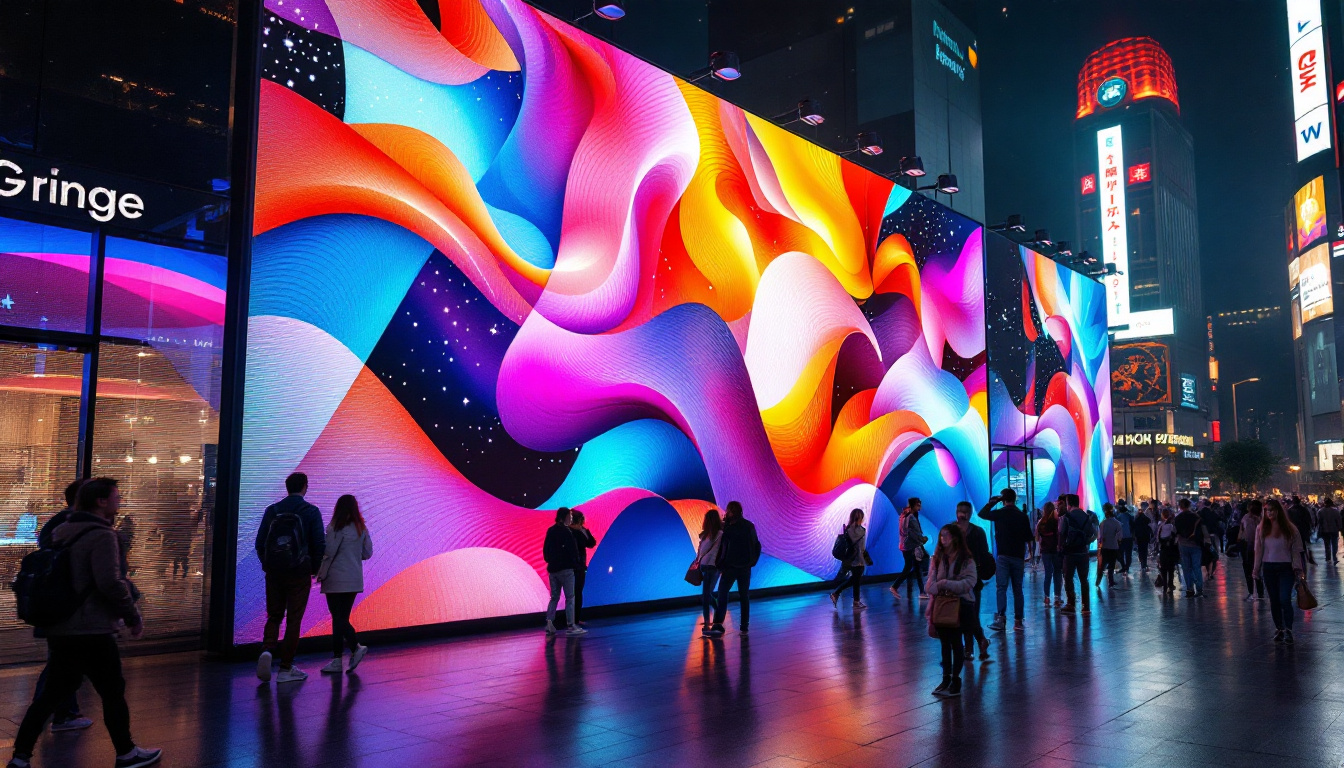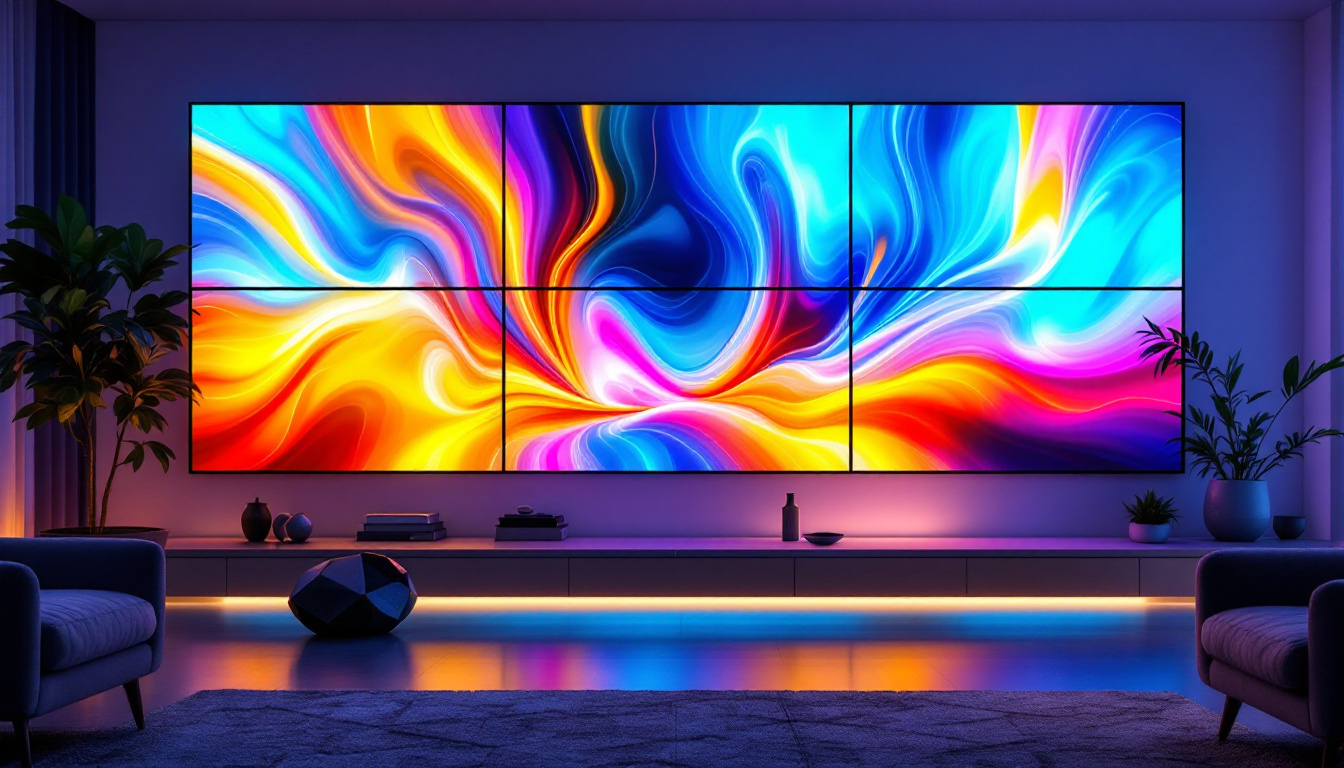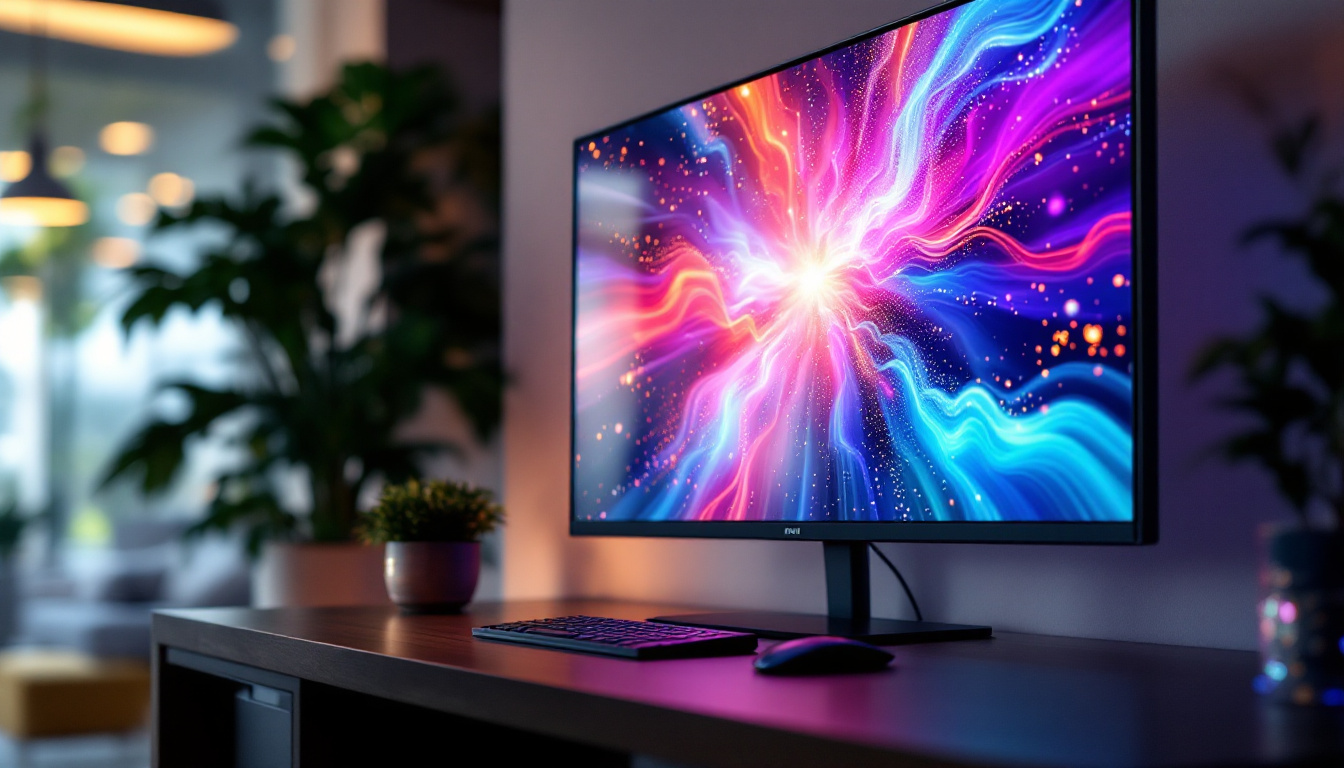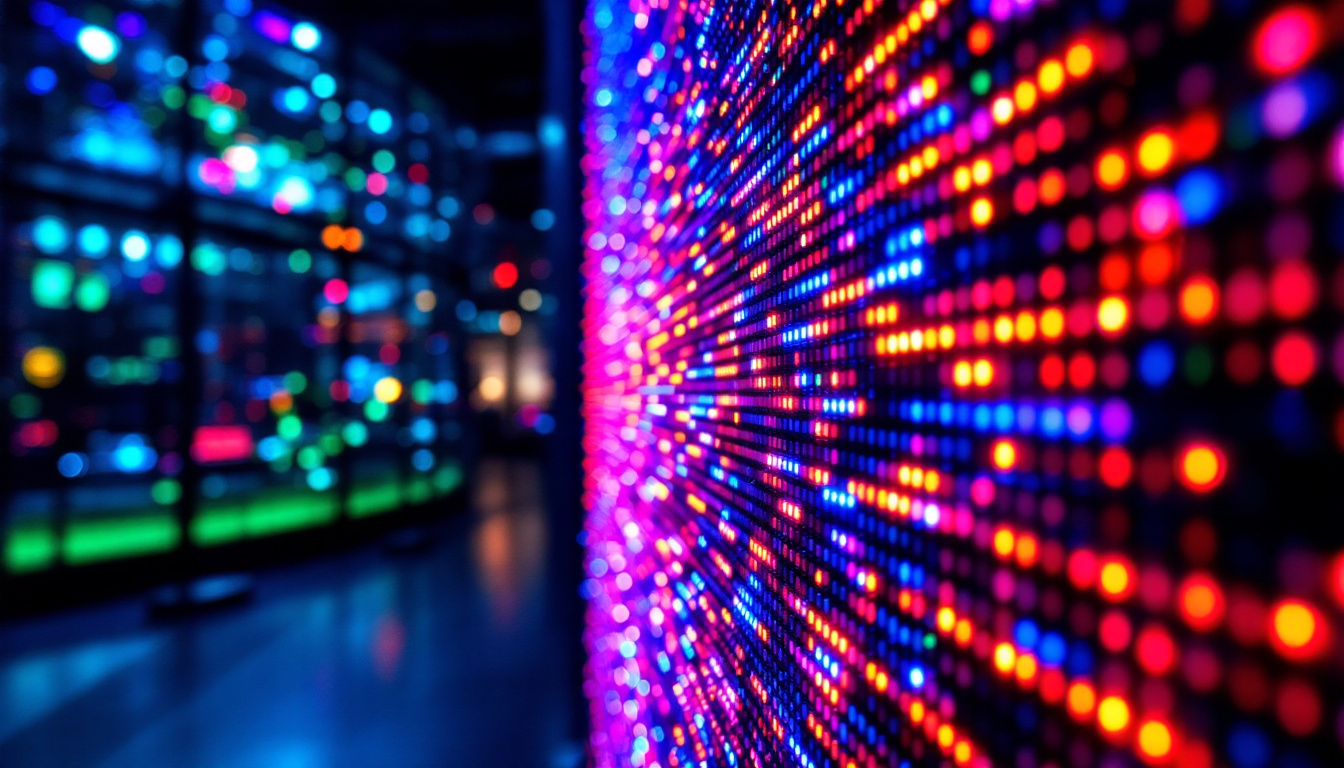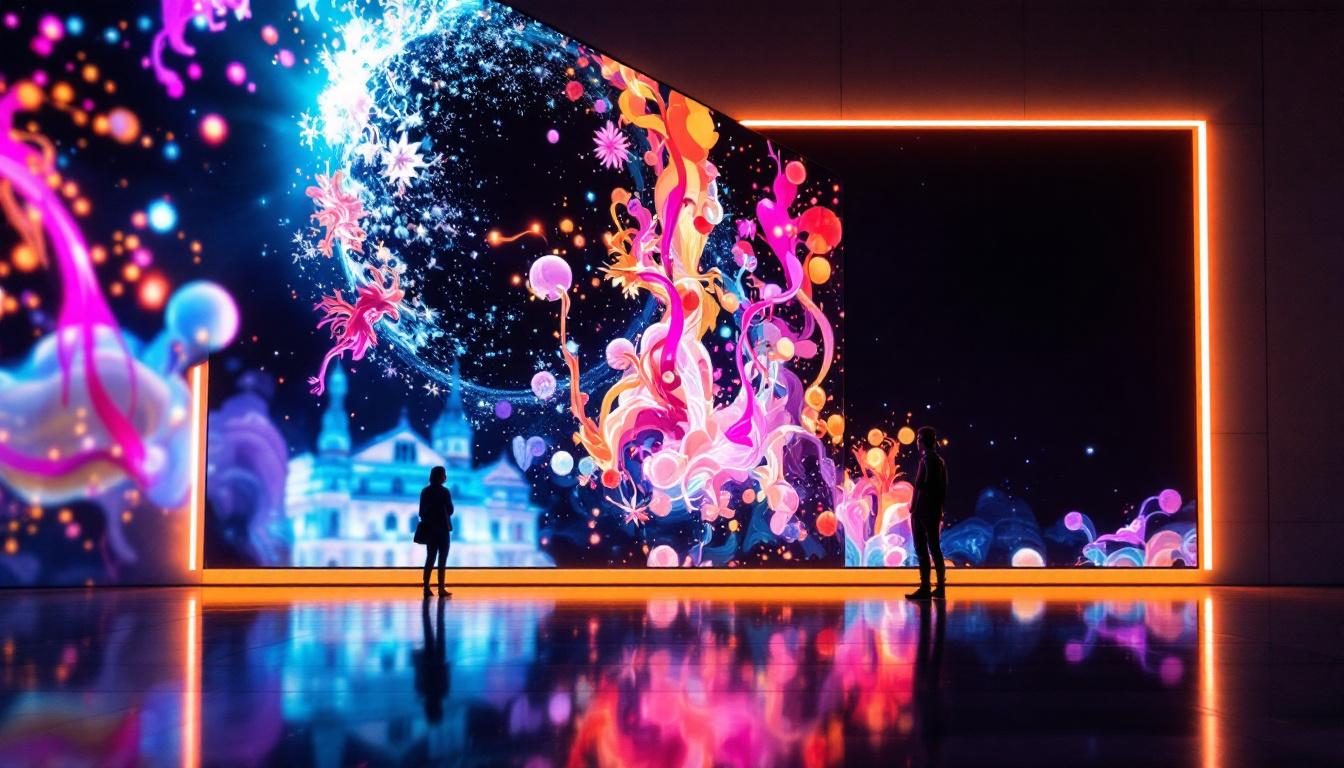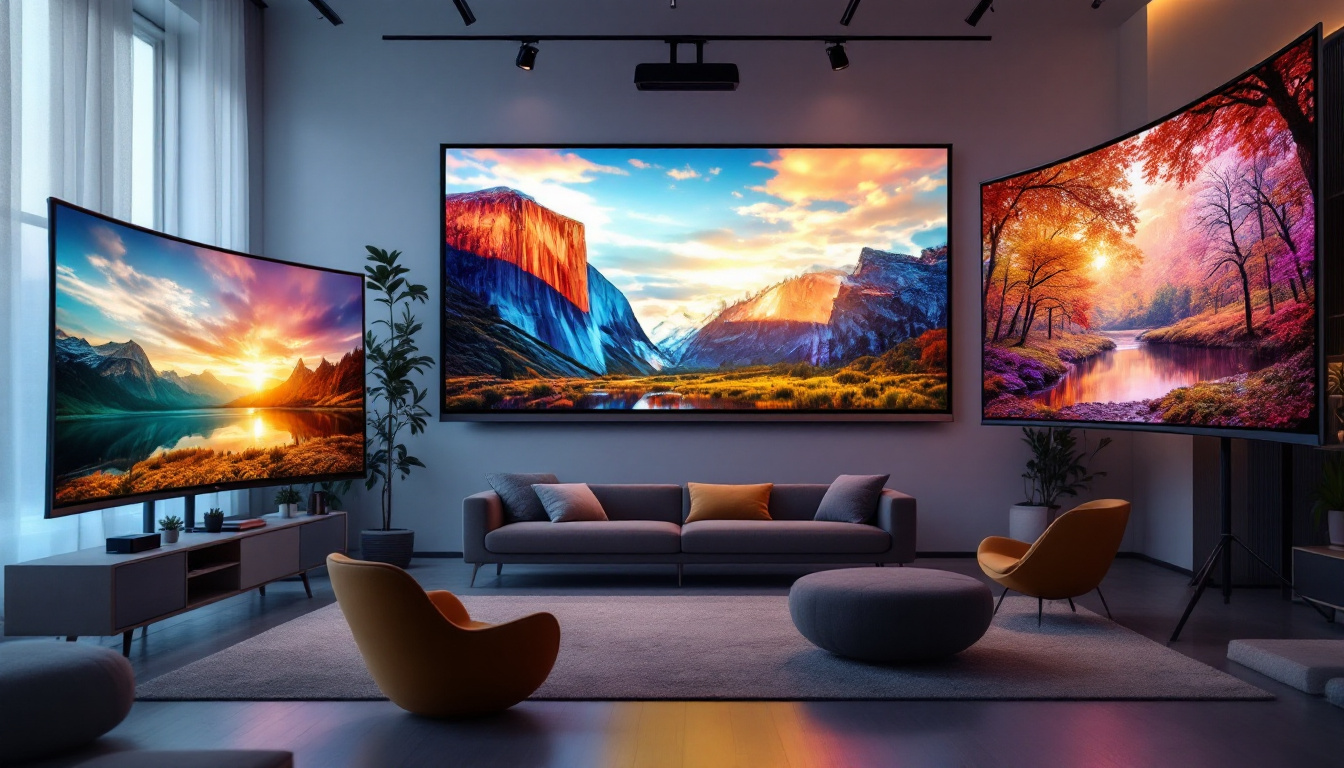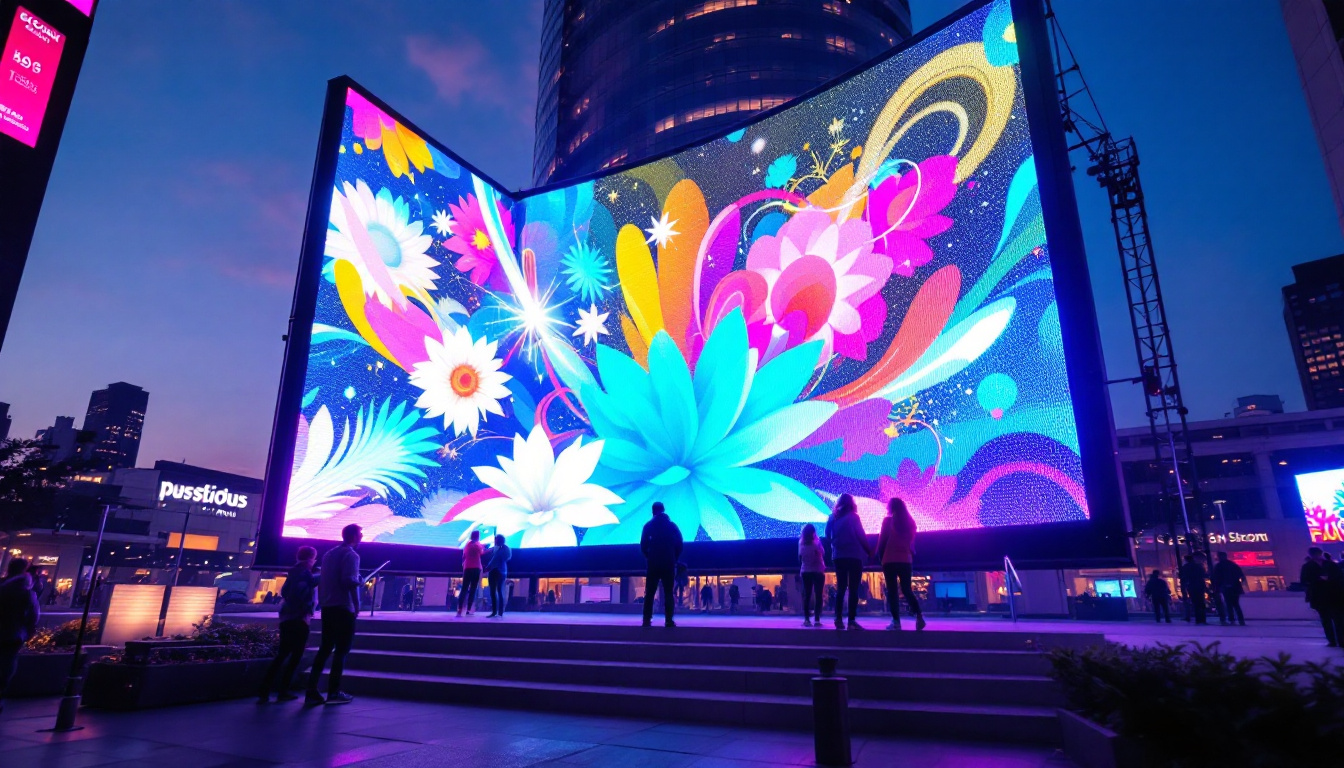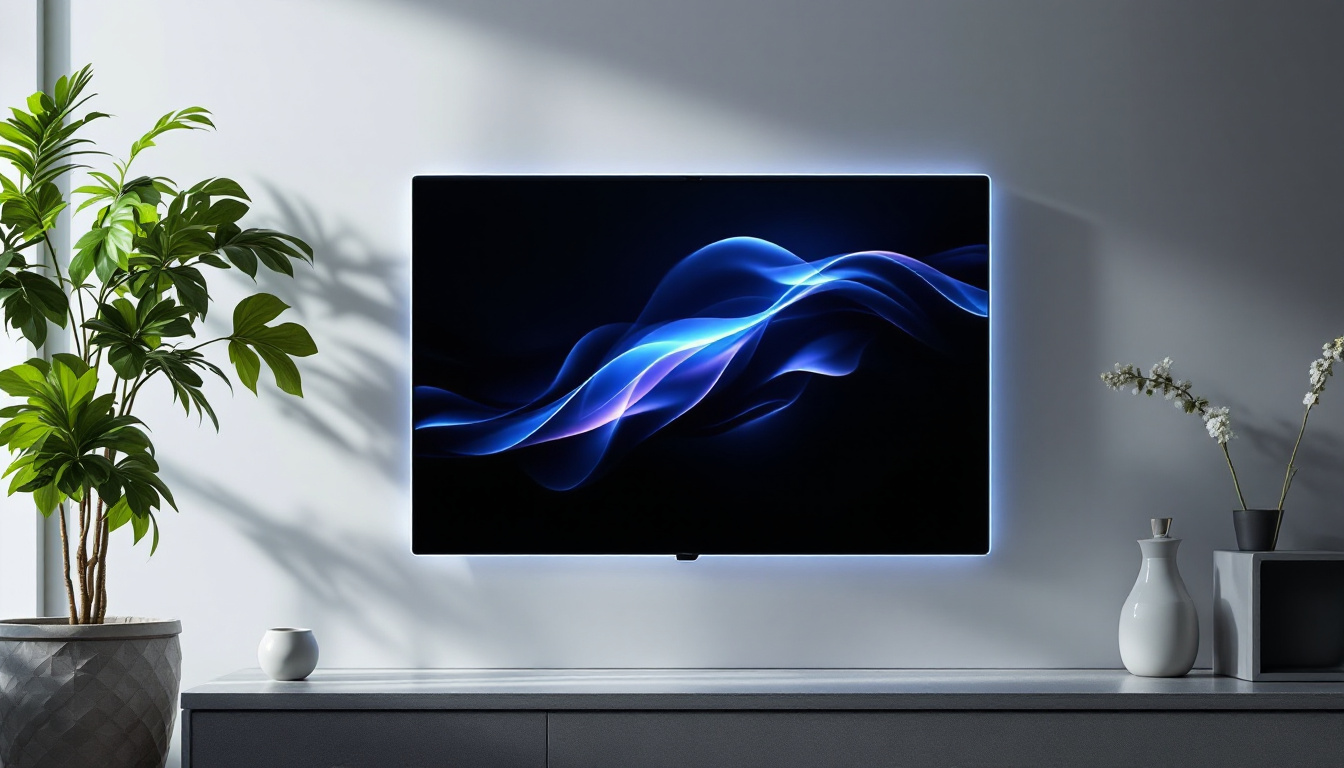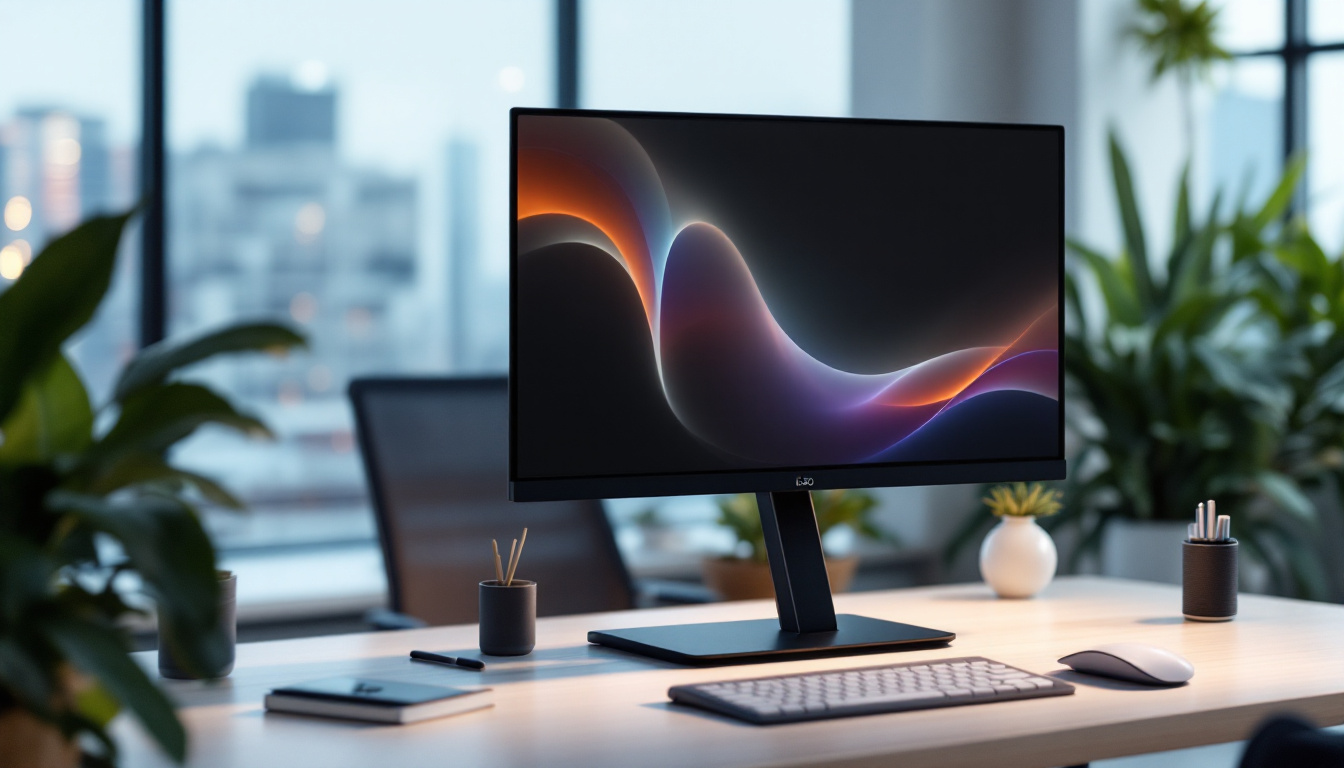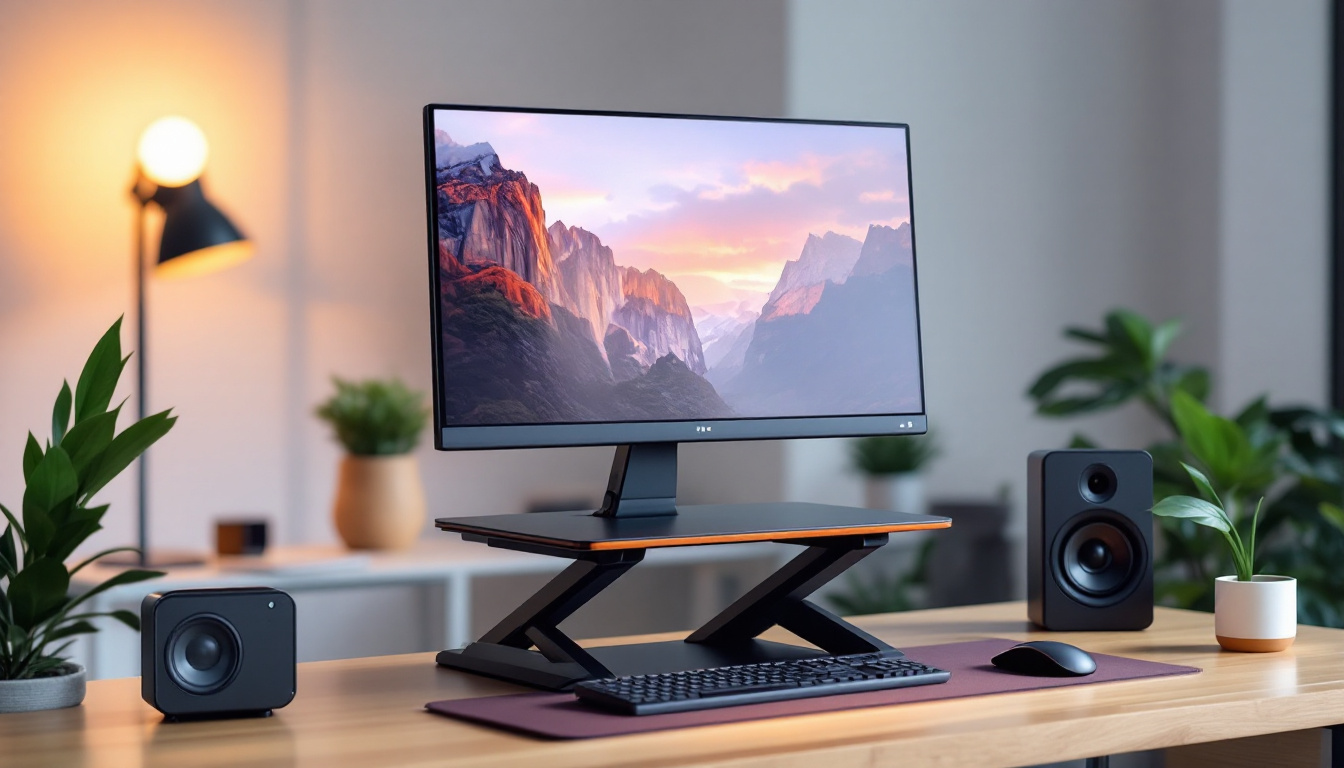In the modern age of technology, digital clickers have become essential tools in various fields, from education to event management. These devices not only streamline processes but also enhance user engagement through their intuitive designs and functionalities. One of the most prominent features of digital clickers is their LED display, which plays a crucial role in conveying information effectively. This article delves into the intricacies of LED displays in digital clickers, exploring their types, functionalities, and the benefits they offer.
Understanding Digital Clickers
Digital clickers, also known as audience response systems or clicker devices, are handheld tools that allow users to submit responses to questions or prompts in real-time. They are widely used in classrooms, conferences, and various interactive settings. The core function of these devices is to collect feedback and facilitate communication between presenters and audiences. By enabling instant polling, digital clickers foster a more engaging environment, encouraging participants to share their opinions and insights without the fear of judgment, thus promoting a culture of openness and participation.
How Digital Clickers Work
The operation of digital clickers is relatively straightforward. Users press buttons corresponding to their answers, and the device transmits this information to a central system, usually a computer or a projector. This system then aggregates the responses and displays the results, often in the form of graphs or charts, allowing for immediate analysis. This immediate feedback loop not only keeps the audience engaged but also provides presenters with valuable insights into the collective understanding of the material being discussed. In educational settings, for example, instructors can quickly gauge which concepts need further clarification, allowing them to adjust their teaching strategies on the fly.
Most digital clickers connect via wireless technology, such as Bluetooth or Wi-Fi, enabling seamless interaction without the need for cumbersome cables. This wireless capability enhances mobility and convenience, making them ideal for dynamic environments. Additionally, many modern clickers are designed to be lightweight and ergonomic, ensuring that they are comfortable to hold and easy to use for extended periods. Some advanced models even offer features such as touch screens or customizable buttons, further enhancing user interaction and allowing for a more tailored experience during presentations or lectures.
Importance of LED Displays
The LED display is a pivotal component of digital clickers, serving as the primary interface between the user and the device. It provides essential information, such as battery life, connection status, and response prompts. A well-designed LED display can significantly enhance user experience, making the device more intuitive and user-friendly. For instance, a bright and clear display ensures that users can easily read prompts even in brightly lit environments, reducing confusion and streamlining the response process. Furthermore, some clickers feature multi-color LED indicators that can convey different statuses, such as successful submission or errors, allowing users to quickly assess their interaction with the device.
Moreover, the integration of LED displays with advanced analytics capabilities can transform the way data is presented. Some digital clickers can show real-time feedback on the screen, allowing users to see how their responses compare to those of their peers. This not only fosters a sense of community and shared experience but also encourages healthy competition among participants, motivating them to engage more actively with the content being presented. As technology continues to evolve, we can expect digital clickers to incorporate even more sophisticated features, such as integration with mobile devices and applications, further enhancing their functionality and appeal in various interactive settings.
Types of LED Displays in Digital Clickers
LED displays come in various forms, each tailored to specific needs and functionalities. Understanding these types can help users choose the right digital clicker for their requirements.
Monochrome LED Displays
Monochrome LED displays are the simplest form of LED technology, featuring a single color, typically green or red. These displays are often used for basic functionalities, such as indicating whether the device is on or off, or showing simple numerical data. While they may lack the vibrancy of color displays, their simplicity can be advantageous in situations where clarity and ease of use are paramount.
Color LED Displays
Color LED displays offer a more dynamic and engaging user experience. These displays can showcase a range of colors, allowing for more complex information to be presented visually. For instance, a color display can indicate different response options using distinct colors, making it easier for users to identify their choices quickly.
Additionally, color displays can enhance presentations by providing visual cues that draw attention to specific data points or results. This feature is particularly beneficial in educational settings, where visual engagement can significantly impact learning outcomes.
Touchscreen LED Displays
Touchscreen LED displays represent the most advanced form of display technology in digital clickers. These interactive screens allow users to navigate menus, select options, and input data directly through touch. This functionality can streamline the user experience, making it more intuitive and interactive.
Touchscreen displays also enable the integration of multimedia elements, such as images and videos, which can enrich the overall presentation experience. This capability is particularly useful in environments where engagement and interactivity are crucial, such as workshops and seminars.
Benefits of LED Displays in Digital Clickers
The integration of LED displays in digital clickers brings numerous advantages, enhancing their functionality and user experience. Here are some key benefits:
Enhanced Visibility
One of the primary benefits of LED displays is their visibility. The bright, illuminated screens ensure that information is easily readable, even in low-light conditions. This feature is particularly important in large venues, where audience members may be seated far from the presenter.
Moreover, the clarity of LED displays minimizes the chances of miscommunication, as users can quickly verify their responses and understand the information being presented. This enhanced visibility contributes to a smoother interaction between presenters and audiences.
Real-Time Feedback
LED displays facilitate real-time feedback, allowing users to see the results of their responses almost instantly. This immediacy can significantly enhance engagement, as participants are more likely to stay attentive when they can see the impact of their input.
In educational settings, real-time feedback can also aid in assessing understanding and knowledge retention. Educators can quickly identify areas where students may be struggling and adjust their teaching methods accordingly.
Customizable Interfaces
Many digital clickers with LED displays offer customizable interfaces, allowing users to tailor the device to their specific needs. This customization can include changing the display settings, adjusting the brightness, or even selecting different color schemes.
Such flexibility not only enhances user experience but also allows for branding opportunities in corporate settings. Organizations can customize their clickers to reflect their brand identity, creating a cohesive experience during presentations and events.
Applications of Digital Clickers with LED Displays
The versatility of digital clickers with LED displays makes them suitable for a wide range of applications. Here are some of the most common uses:
Education
In educational environments, digital clickers are invaluable tools for facilitating interactive learning. Teachers can use them to conduct polls, quizzes, and surveys, enabling students to engage actively with the material. The immediate feedback provided by LED displays helps educators gauge student understanding and adapt their teaching strategies accordingly.
Moreover, the use of clickers can foster a sense of participation among students who may be reluctant to speak up in class. By allowing anonymous responses, these devices encourage honest feedback and promote a more inclusive learning atmosphere.
Corporate Training
Digital clickers are also widely used in corporate training sessions and workshops. They enable trainers to assess participants’ knowledge and understanding in real-time, ensuring that the training remains relevant and effective. The interactive nature of clickers keeps participants engaged and motivated, enhancing the overall learning experience.
Additionally, the data collected through clickers can be analyzed to improve future training sessions. Organizations can identify trends and areas for improvement, allowing them to refine their training programs continuously.
Event Management
In the realm of event management, digital clickers play a crucial role in audience engagement. They can be used to conduct live polls during presentations, enabling attendees to participate actively in discussions. The instant feedback displayed on LED screens can enhance the overall atmosphere of the event, making it more dynamic and interactive.
Furthermore, digital clickers can streamline the process of collecting feedback from attendees, providing organizers with valuable insights into the event’s success and areas for improvement. This data can be instrumental in planning future events and ensuring they meet attendees’ expectations.
Choosing the Right Digital Clicker
When selecting a digital clicker, several factors should be considered to ensure it meets specific needs and requirements. Here are some key aspects to keep in mind:
Functionality
The functionality of the digital clicker is paramount. Consider what features are necessary for the intended use. For educational purposes, a clicker with real-time feedback and polling capabilities may be essential. In contrast, corporate training may require more advanced features, such as data analytics and reporting functionalities.
Display Type
The type of LED display is another critical consideration. Depending on the environment in which the clicker will be used, a monochrome display may suffice for basic functions, while a color or touchscreen display may be more suitable for interactive presentations. Assessing the visibility requirements and user preferences can guide the decision-making process.
Ease of Use
Finally, the ease of use of the digital clicker should not be overlooked. A user-friendly interface can greatly enhance the experience for both presenters and participants. Look for devices that offer intuitive navigation and clear instructions, ensuring that users can operate the clicker without confusion.
Conclusion
Digital clickers with LED displays have revolutionized the way information is communicated and gathered in various settings. Their ability to provide real-time feedback, enhance visibility, and facilitate engagement makes them invaluable tools in education, corporate training, and event management. By understanding the different types of LED displays and their applications, users can select the right digital clicker to meet their specific needs.
As technology continues to evolve, the capabilities of digital clickers are likely to expand further, offering even more innovative solutions for interactive communication. Embracing these advancements can lead to more effective presentations, improved learning outcomes, and enhanced audience engagement, ultimately transforming the way information is shared and received.
Explore Cutting-Edge LED Display Solutions with LumenMatrix
Ready to elevate your interactive communication with the latest in LED display technology? Discover LumenMatrix’s innovative solutions that bring your presentations and events to life. From captivating Indoor and Outdoor LED Wall Displays to dynamic Vehicle and Sports Displays, LumenMatrix offers a wide range of products designed to enhance engagement and visibility. Whether you’re looking to create immersive experiences with Floor LED Displays or make a bold statement with Custom and All-in-One LED Displays, LumenMatrix has you covered. Embrace the future of visual communication and check out LumenMatrix LED Display Solutions today to transform your message into a visually stunning masterpiece.


